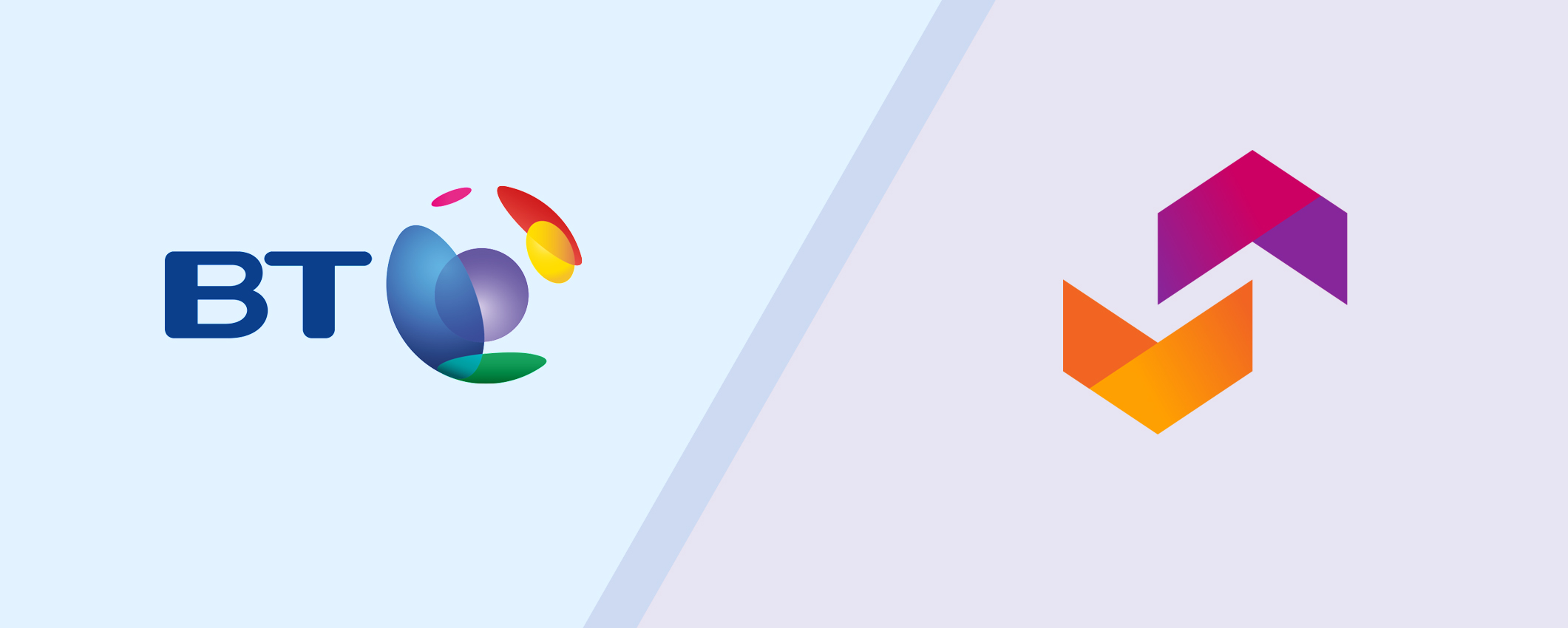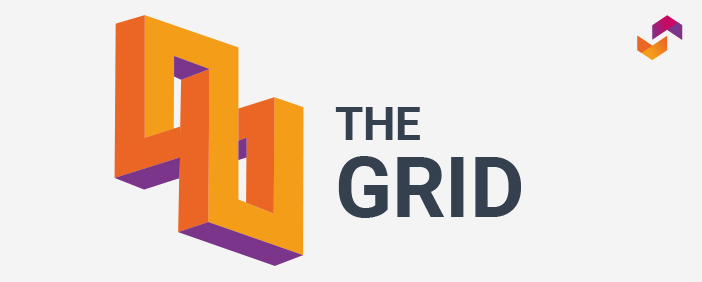The importance of technology and data connectivity was highlighted a year ago in March 2020 when the impact of the Covid-19 pandemic resulted in the Vix, which is also known as Wall Street’s fear gauge, reaching levels that were even higher than during the financial crisis in 2008. Staff had to deal with extremely high volumes while working from home and there has since been an acceleration in the digitisation of workflow to cope with the inefficiencies and inconveniences of remote working. Firms have needed better data in order to become more efficient and continue to serve their customers.
.
Standardisation of data – one syntax
However, where dealers are still carrying out pre-trade negotiations over voice and chat there are often manual processes for recording quote data. By taking the heavy lifting away –the copy and paste, the rekeying, the robotic tasks – that employees do every day you free them up to do the tasks you want your humans to do – spark conversation, cultivate relationships, generate ideas and create revenue. Standardised syntax means you can rely on a set format and build technology to use those messages. This helps automate the repetitive processes to avoid failures. This could be something as simple as recognising a pricing request and pushing notifications out to the involved parties.
Standardisation of data and syntax also drives automation and whilst we look towards global uptake of these standards an interim state can still offer more efficient, safer processes that lead towards full electronification. Where standards are not adopted across the board there exists the ability to develop a translation layer so that both sides can use their native formats but still understand their counterparts requests and responses. When you can connect data sitting in existing tools and applications you can build data-driven workflows on top of that data. You are unbundling the data that was in spreadsheets, file shares, voice and chat and giving it a structure. That workflow becomes easy to record, auditable, trackable but more importantly it’s real-time and collaborative. Everyone sees the same real-time data and can interact with it and make decisions on it at the same time. This doesn’t just mean sales and traders but across the organisation as a whole – from compliance to operations to finance, legal and beyond. In order to analyse client relationships and focus on improvements for mutual gain you need a high quality, consistent, agreed data set to work from. That will only exist when you record your interactions accurately and at all stages of the process.
.
Artificial Intelligence
For the buyside to fully leverage value contained in their data its essential to bring Artificial Intelligence into the workflow to present insights and opportunities based on data that AI has processed. This means we preserve the human interaction, whilst leveraging automation and ultimately allowing the trader to make a better decision – the trader will no longer interface with the data directly but with the possibilities of the AI processing the data.
ipushpull has recently launched PPQ (Pushpull Quotes), which standardises and automates the negotiation process to help both the buy and sell side achieve these aims. PPQ fits within existing workflows so neither the client or their counterparties need to install a new system. Trading and sales can enhance chat by communicating pricing information in private bilateral conversations more quickly and efficiently using a standardised syntax. Chatbots interpret key features within the standardised data and display customised information on the desktop so the user can manage their workflow from just one screen. Standardised syntax also allows bots to take on the heavy lifting of repetitive administrative tasks so trading and sales can minimise operational risk by removing manual touchpoints.
If you would like to know more about standardisation of data, feel free to get in touch.











